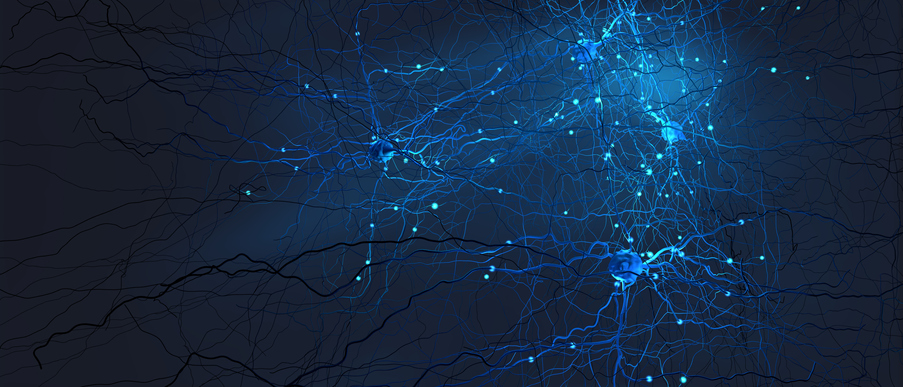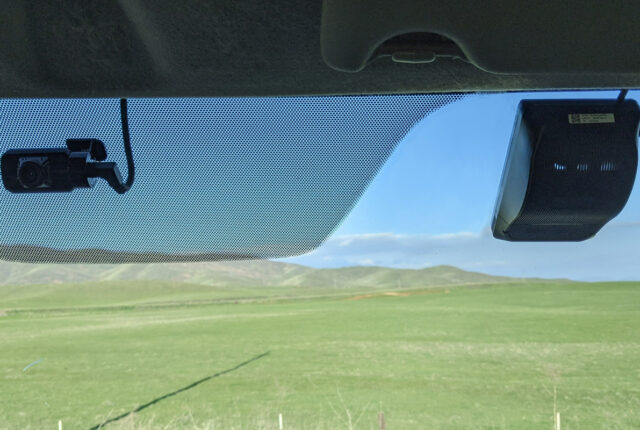Navigating the Neural Network Wave: Unveiling New IoT Capabilities with Neural Networks and Devices
Introduction
One of the most captivating emerging developments in the IoT landscape is the convergence of neural networks and devices. This convergence represents a significant transformation, where neural networks become an integral force behind the evolution of intelligent and adaptive IoT solutions.
Neural networks excel in identifying complex patterns and detecting anomalies within vast amounts of data. Their ability to learn from large datasets and adapt to changing patterns becomes a pivotal asset for businesses seeking to enhance decision-making accuracy, acuity, and promptness . Neural networks, at the heart of this convergence, imbue IoT solutions with a newfound intelligence, enabling devices to comprehend, learn, and adapt in ways previously unattainable.
Neural Networks
A neural network, which is a subset of artificial intelligence (AI), is a computational model inspired by the structure and functioning of the human brain. It is a complex network of interconnected artificial neurons that process and transmit information. Neural networks are trained on data through machine learning (ML), where the networks learn to recognize patterns, make predictions, or perform tasks without being explicitly programmed.
Neural Devices
Neural devices are devices that incorporate neural network capabilities, often in the context of AI and ML. These devices leverage neural networks to process information, provide real-time insights and guidance, and adapt to changing conditions.
Background
According to CMSWire projections, the global neural network market is poised for substantial growth, with a forecasted increase from $14.35 billion in 2020 to $152.61 billion by 2030. This forecast underscores a remarkable compound annual growth rate (CAGR) of 26.7%, reflecting the escalating significance and adoption of neural network technologies across diverse industries.
Tesla and Google are prime illustrations of companies leveraging neural networks and devices as depicted in the following examples:
Tesla’s Full Self-Driving (FSD) Technology
Tesla is a noteworthy example of a company leveraging neural networks as part of their autonomous driving technology. Tesla’s vehicles are equipped with a sophisticated neural network-powered system known as “Full Self-Driving” (FSD). This system utilizes a combination of cameras, sensors, and neural networks to enable advanced driver-assistance features and, eventually, fully autonomous driving.
The neural networks within Tesla’s FSD constantly analyze and interpret data from the vehicle’s surroundings in real-time. This includes identifying and tracking objects, pedestrians, and other vehicles, as well as understanding complex traffic scenarios. Over time, the neural network learns from the collective driving experiences of Tesla vehicles worldwide, continuously improving its ability to navigate diverse and challenging conditions.
Google Nest
Google Nest, on the other hand, exemplifies how companies leverage neural networks and devices in consumer products. Nest employs neural network algorithms in smart home devices like thermostats, cameras, and doorbells. These devices learn user preferences over time, adapting to daily routines and optimizing energy usage. The neural capabilities enable Nest devices to provide personalized features such as facial recognition for security cameras and proactive energy-saving suggestions. Google’s integration of neural networks enhances the intelligence of Nest products, offering users a more intuitive and tailored smart home experience.
IoT Use Cases using Neural Networks & Devices
Let’s delve into specific examples showcasing the increasing utilization of neural networks and devices in various IoT applications:
Edge Computing with AI
One prominent application of neural devices lies in edge computing. At the forefront of real-time data processing, these devices operate locally, minimizing reliance on centralized cloud servers. Their incorporation of neural networks enables them to analyze information with heightened efficiency, making split-second decisions without introducing latency.
Smart Sensors
Smart sensors, enhanced with neural network capabilities, redefine data processing. Proficient in recognizing patterns and anomalies, they ensure precision across various applications such as industrial IoT (IIoT) and agriculture. For agricultural applications, neural-enabled sensors can monitor soil conditions, crop health, and weather patterns with exceptional accuracy. By analyzing this data, they provide farmers with insights into optimal irrigation schedules, nutrient levels, and pest control strategies.
Predictive Maintenance
In industrial settings, neural devices play a crucial role in predictive maintenance within the IoT framework. By leveraging neural networks to analyze data from sensors and machinery, these devices predict potential equipment failures before they occur and provide guidance about when maintenance is needed. This proactive approach minimizes downtime and contributes to more efficient operational processes.
Conclusion
The integration of neural networks and devices in IoT applications is shaping a significant shift in connectivity and intelligence. Examples from companies like Tesla and Google, such as Tesla’s use of neural networks in autonomous driving and Google’s application of neural network algorithms in Nest products, provide compelling use cases for this technology. As businesses start to embrace this convergence, we are at the forefront of a shift toward more adaptive, intelligent, and predictive IoT solutions, shaped by the relationship between neural networks and neural-enabled IoT devices.
About Positioning Universal
Established in 2013, Positioning Universal is the leading global provider of off-the-shelf and customizable IoT devices, GPS vehicle and asset monitoring solutions, and Systems Integration services. With a deep understanding of IoT technologies, Positioning Universal guides companies in designing and deploying the most suitable IoT solutions for their needs. Our solutions and on-going support empower businesses with the invaluable business intelligence needed to maintain a competitive edge in rapidly evolving markets.
AI-Enabled Dashcams with Edge Computing
Driven by a real-time high-performance edge processing GPU, our AI-enabled dashcams can actively monitor up to 5 cameras simultaneously. This includes detecting triggerable events such as alerting the driver about pedestrians, identifying dangerous driving violations like running red lights and stop signs, and much more. Telematics solutions using AI-powered dashcams with edge processing contribute to driver and public safety by capturing real-time footage and alerting drivers of potential hazards. In the event of an accident, dashcams provide irrefutable evidence to help exonerate drivers from claims or accidents where fault is disputed. With our cutting-edge technology, we are committed to fostering a safer driving environment and providing invaluable guidance and alerts in critical moments on the road.

Author
Jennifer CurleyRelated posts
Unleashing the Sun’s Power: Enhancing Efficiency and Security with Solar-Powered Asset Trackers for Construction Equipment Monitoring
Introduction to Solar-Powered Asset Trackers Solar-powered devices are increa
The Advantages of a Dual-Facing Dashboard Truck Camera
In the fleet management sector, dash cameras have proven to be more beneficial t
Distracted Driving: Impacts and Solutions for the Leading Threat in Road Accidents
In today’s age of mobile technology, distracted driving has surpassed drunk dr




